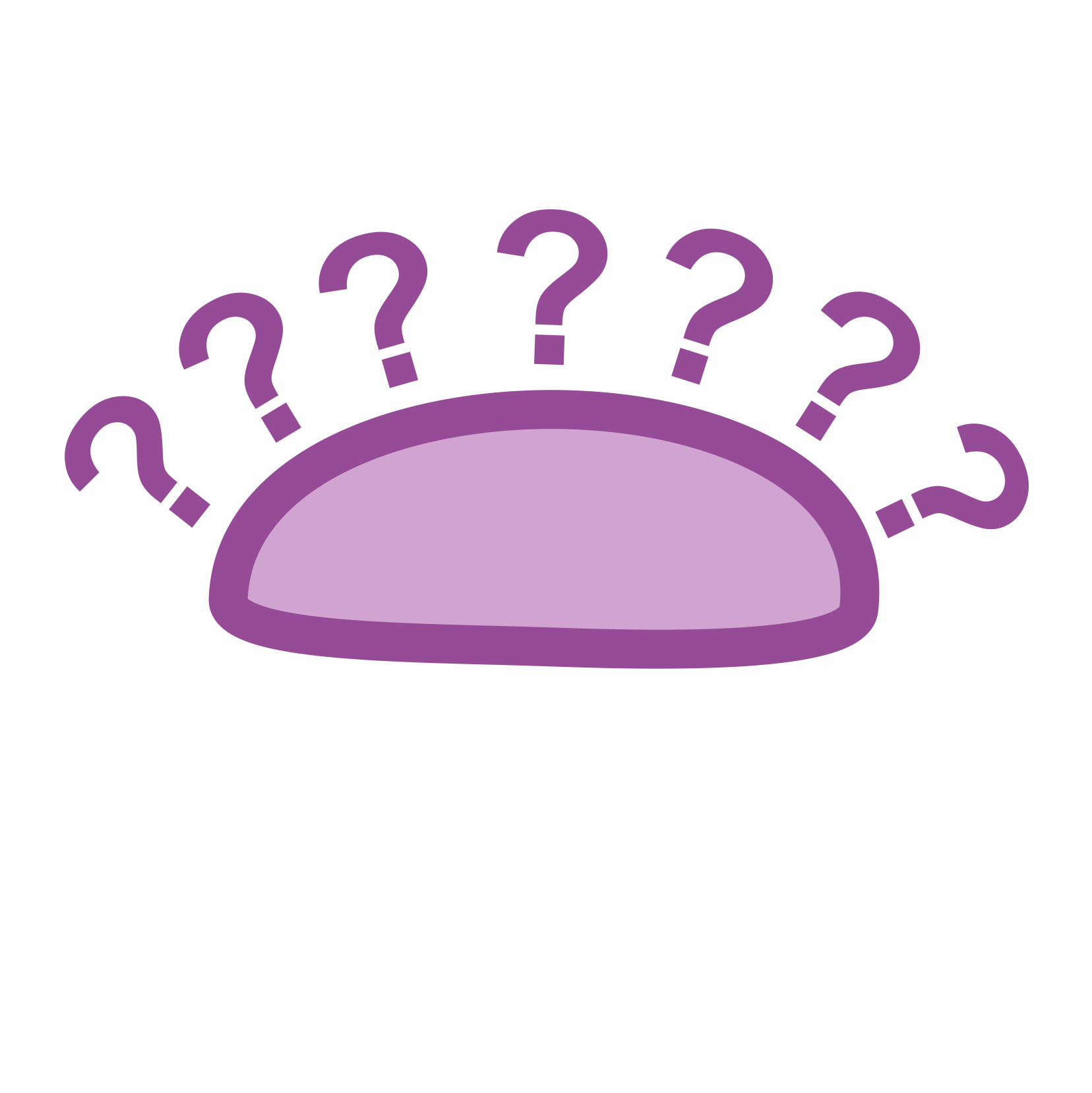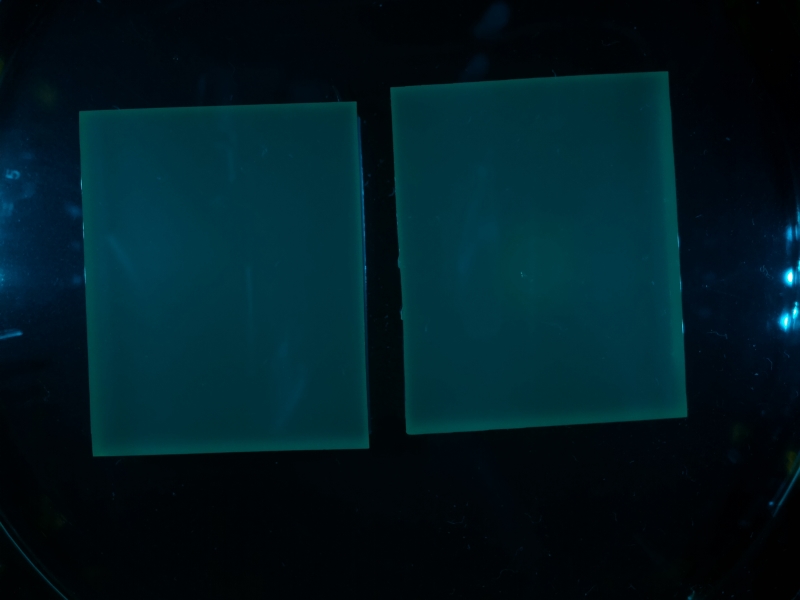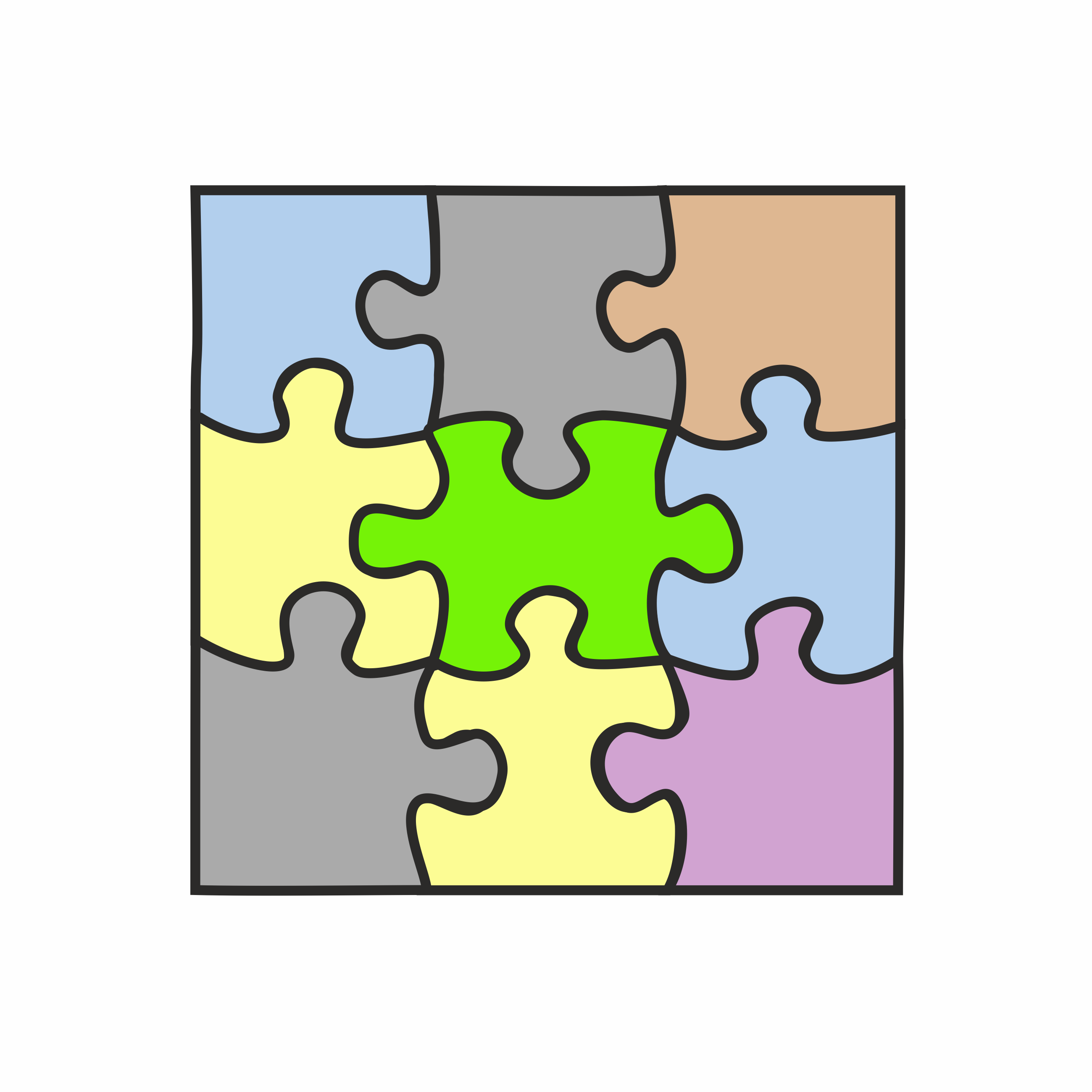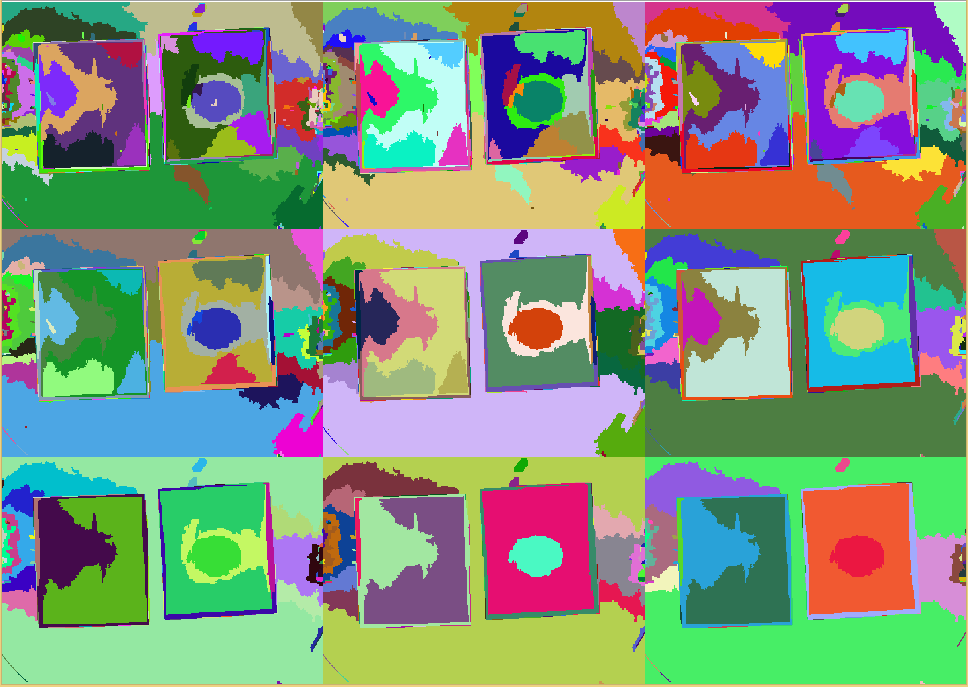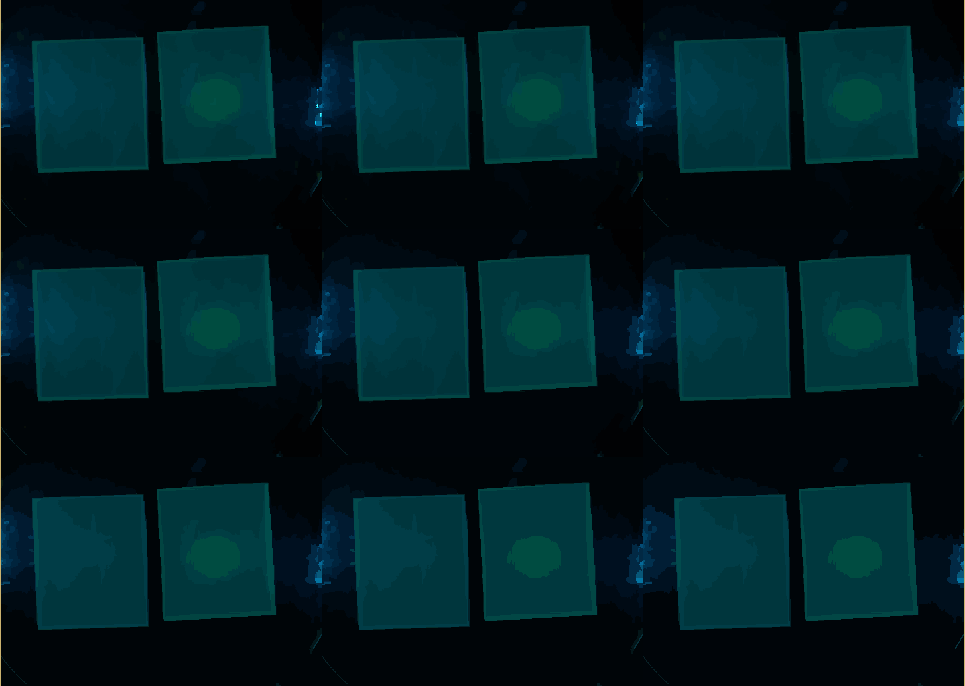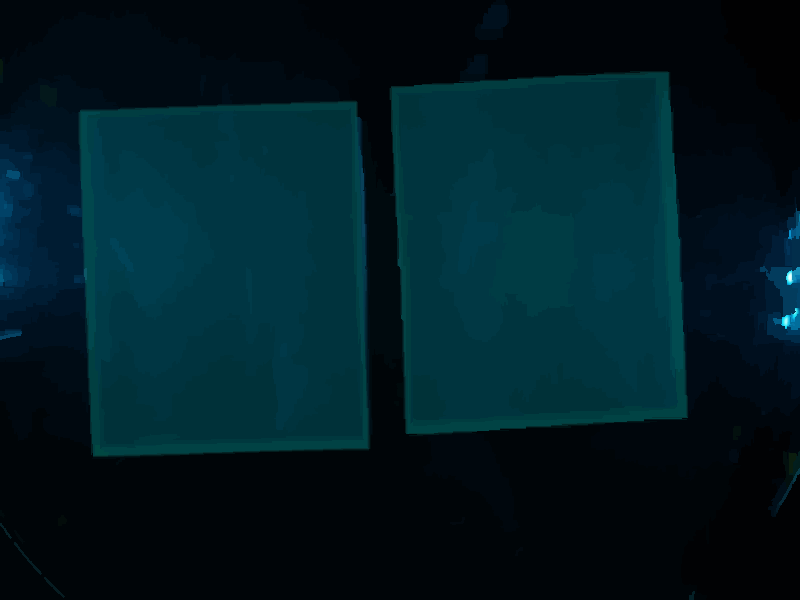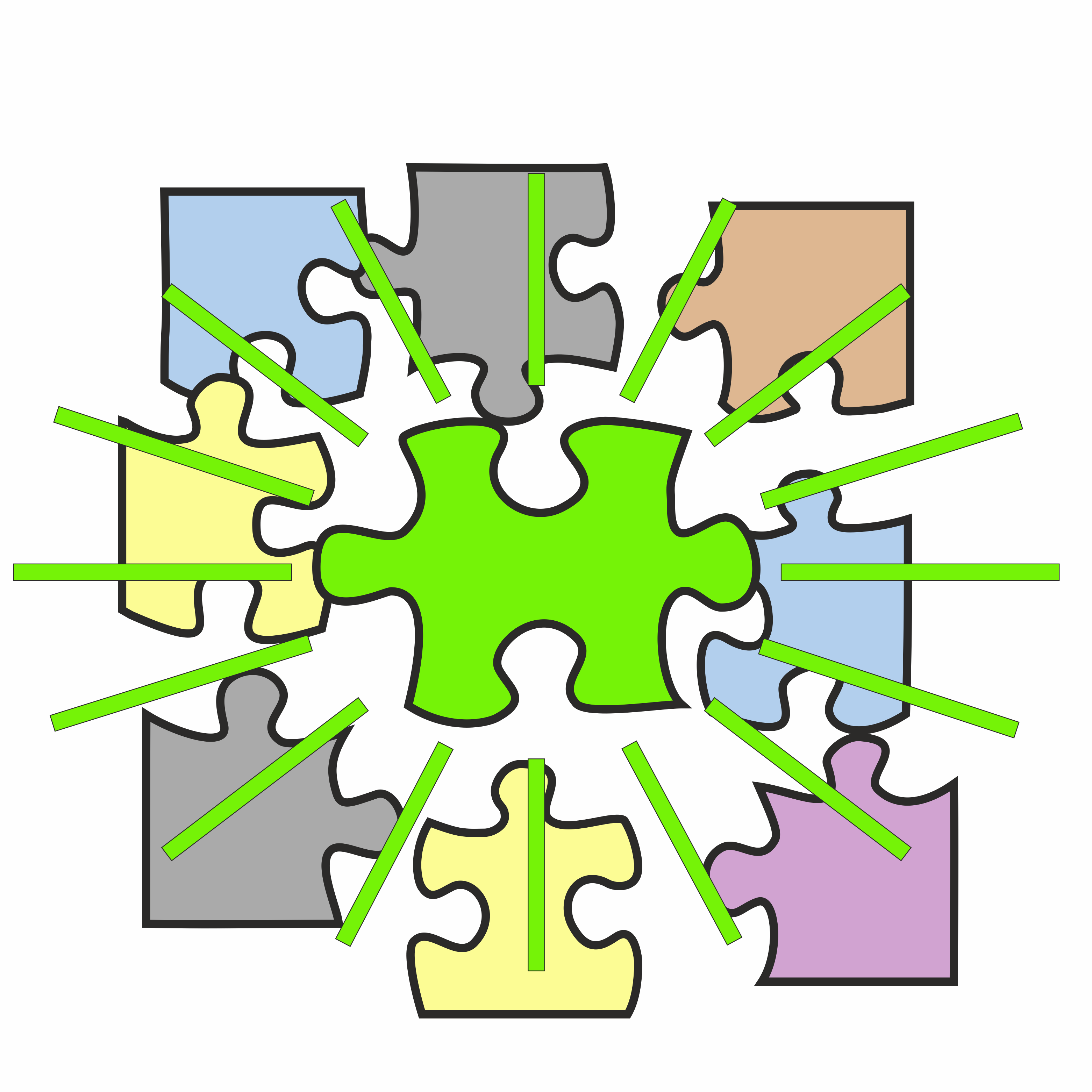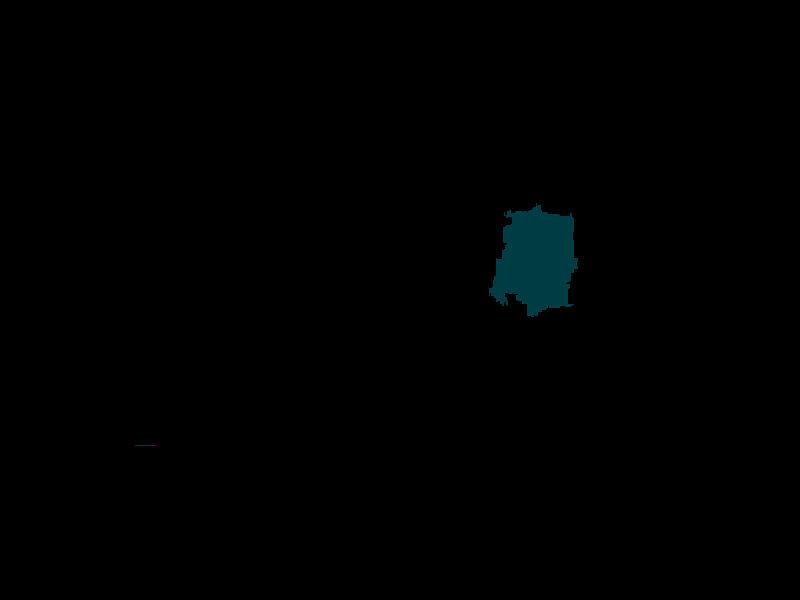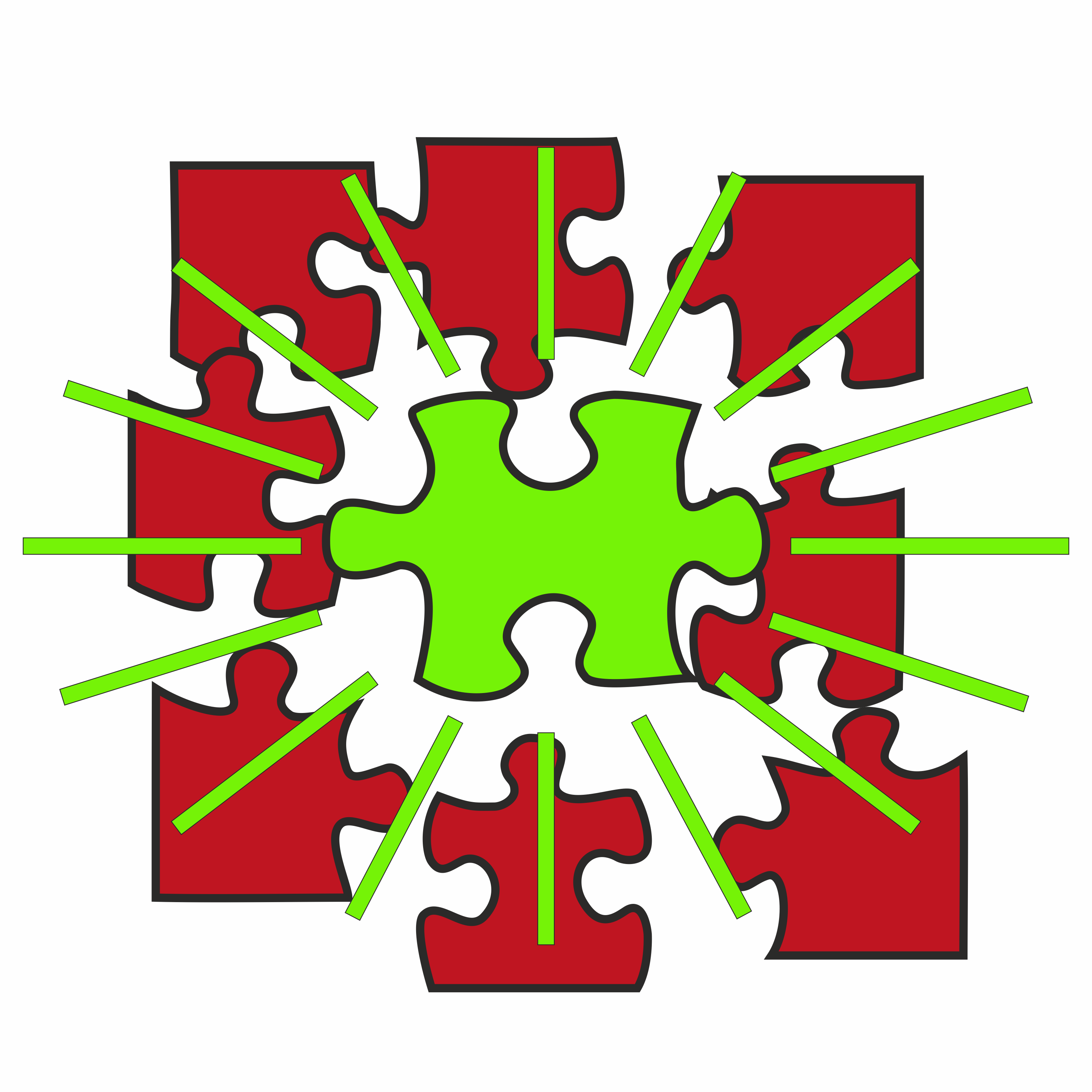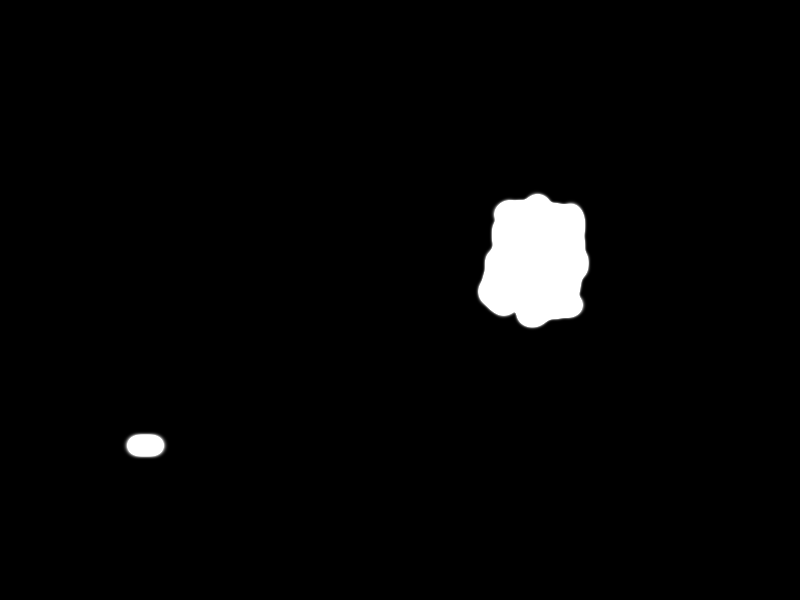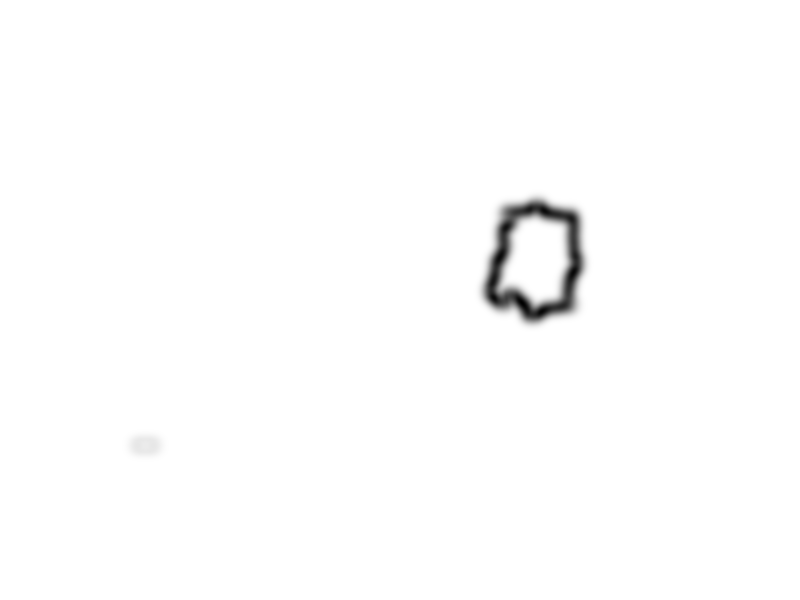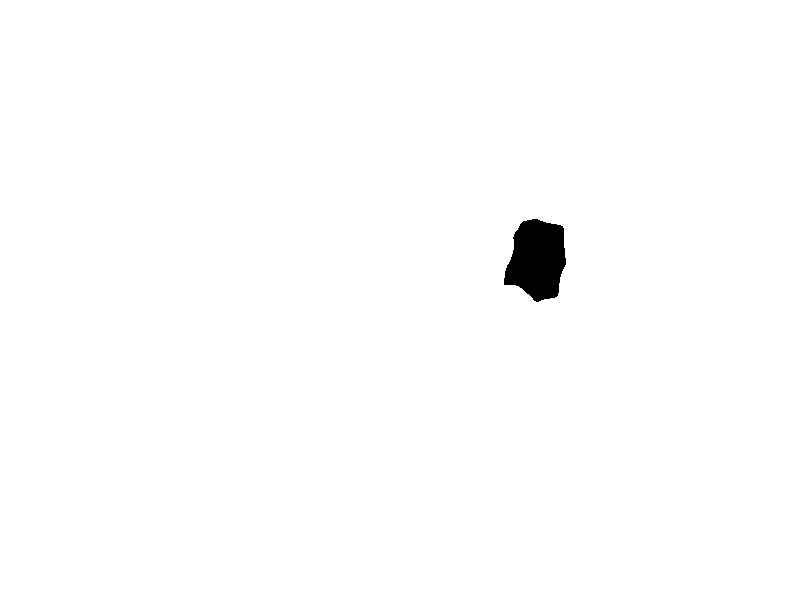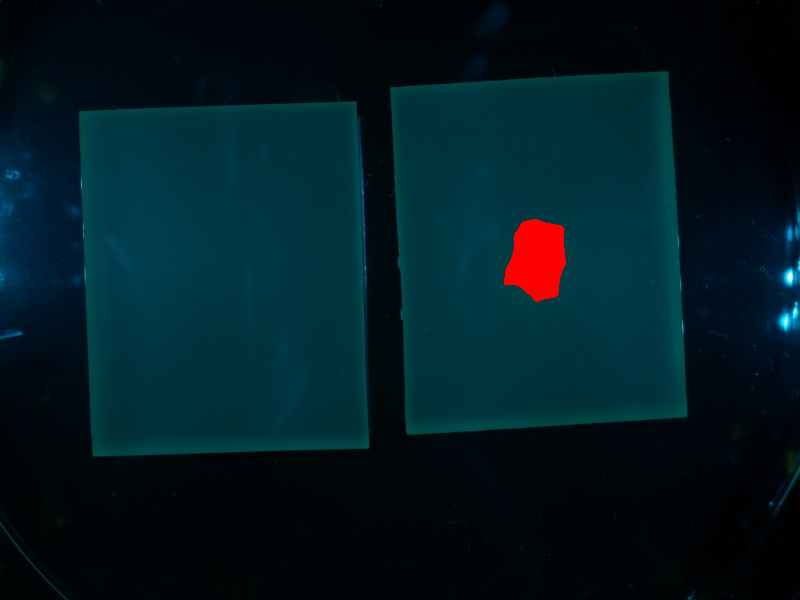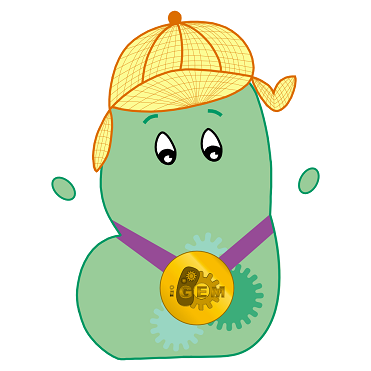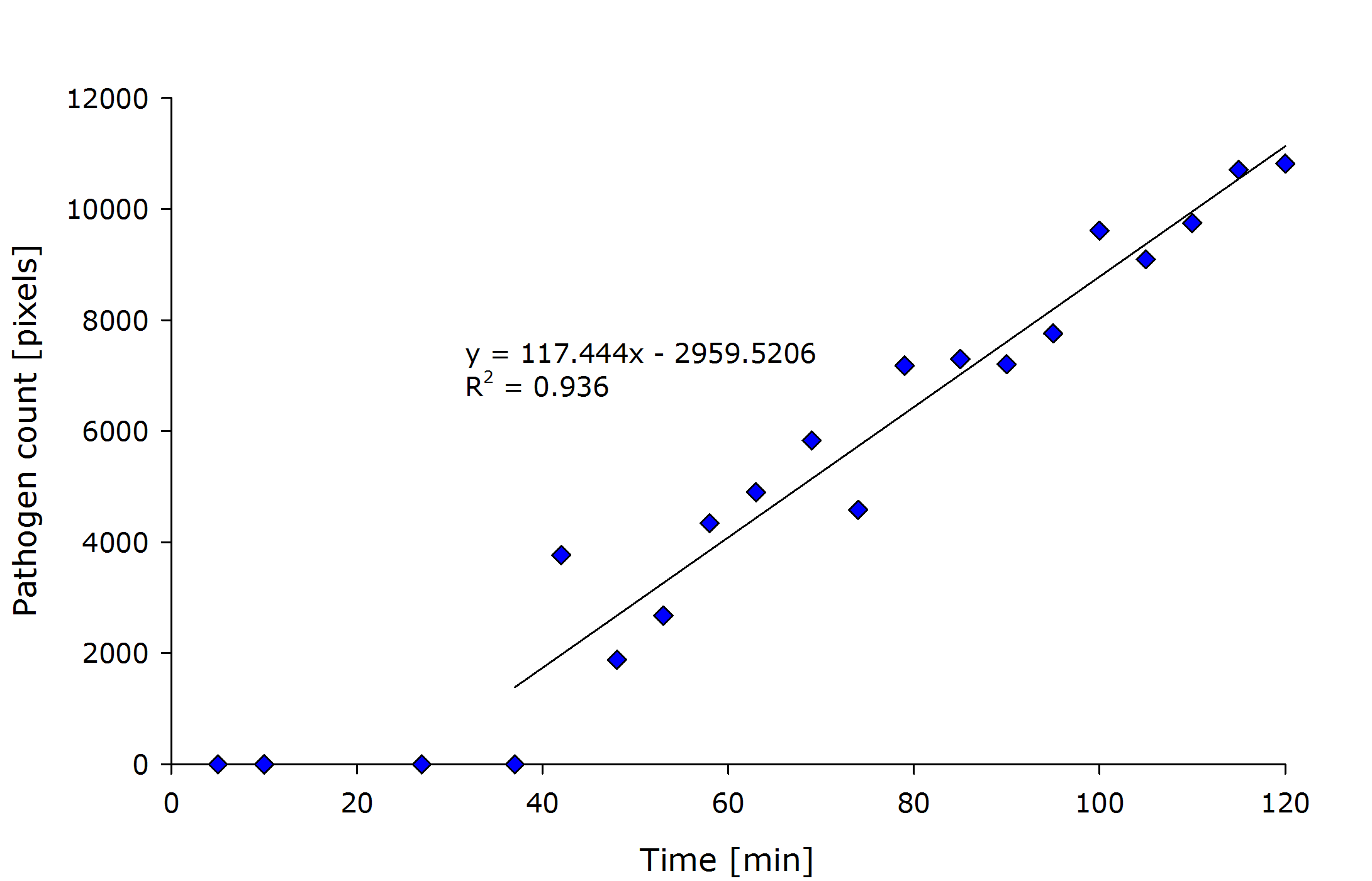Team:Aachen/Notebook/Software/Measurarty
From 2014.igem.org
(→Achievements) |
|||
| (14 intermediate revisions not shown) | |||
| Line 88: | Line 88: | ||
To demonstrate the algorithm, the following sample image will be discussed. | To demonstrate the algorithm, the following sample image will be discussed. | ||
| - | {{Team:Aachen/Figure|align=center|Aachen_meas_test.jpg|title=Image taken from WatsOn to be analyzed by Measurarty algorithm|width=700px}} | + | {{Team:Aachen/Figure|align=center|Aachen_meas_test.jpg|title=Image taken from WatsOn to be analyzed by ''Measurarty'' algorithm|width=700px}} |
| + | |||
{{Team:Aachen/BlockSeparator}} | {{Team:Aachen/BlockSeparator}} | ||
| Line 101: | Line 102: | ||
Compared to other clustering algorithms, SRM is quite leight weight, yet delivers ''deterministic'' results and is not dependent on a certain seed (like ''k''-means, for example). | Compared to other clustering algorithms, SRM is quite leight weight, yet delivers ''deterministic'' results and is not dependent on a certain seed (like ''k''-means, for example). | ||
| - | On the other hand, it can create as many refinements as one wants and is thus flexible enough for the our purposes. Finally there's already been knowledge about this algorithm in the group. | + | On the other hand, it can create as many refinements as one wants and is thus flexible enough for the our purposes. Finally, there's already been knowledge about this algorithm in the group. |
Statistical Region Merging (SRM) (Nook and Nielson, 2004) is a clustering technique also used directly for image segmentation. | Statistical Region Merging (SRM) (Nook and Nielson, 2004) is a clustering technique also used directly for image segmentation. | ||
| Line 134: | Line 135: | ||
Finally, if applied to our test-image, regions are created and homogenoues regions form: | Finally, if applied to our test-image, regions are created and homogenoues regions form: | ||
| - | {{Team:Aachen/Figure|align=center|Aachen_meas_srmed.png|title= | + | {{Team:Aachen/Figure|align=center|Aachen_meas_srmed.png|title=Regions created with SRM clustering|width=700px}} |
| Line 199: | Line 200: | ||
If you apply this HSV masking code to the SRMed test image, the following is created: | If you apply this HSV masking code to the SRMed test image, the following is created: | ||
| - | {{Team:Aachen/Figure|align=center|Aachen_meas_masked.png|title= | + | {{Team:Aachen/Figure|align=center|Aachen_meas_masked.png|title=Masked image|width=700px}} |
| + | |||
| + | |||
{{Team:Aachen/BlockSeparator}} | {{Team:Aachen/BlockSeparator}} | ||
| Line 231: | Line 234: | ||
=== Empirical Evaluation === | === Empirical Evaluation === | ||
| - | Using our MATLAB code we found the lower threshold for the smoothness index to be $TS_l = 0.85$ and the upper threshold $TS_u = \infty$. | + | Using our MATLAB code, we found the lower threshold for the smoothness index to be $TS_l = 0.85$ and the upper threshold $TS_u = \infty$. |
Similarly, for $TI_l = 235$ and $TI_u = \infty$. | Similarly, for $TI_l = 235$ and $TI_u = \infty$. | ||
Using these settings, we can find a response already in images taken after 42 minutes. | Using these settings, we can find a response already in images taken after 42 minutes. | ||
| - | Ideally, one would rate the quality of the image segmentation using some ground truth, such as manual delineations. This still has to be | + | Ideally, one would rate the quality of the image segmentation using some ground truth, such as manual delineations. This still has to be implemented for our method. |
However, from visual observations, our method is showing promising results. | However, from visual observations, our method is showing promising results. | ||
| Line 290: | Line 293: | ||
First the smoothed (disk-filter) input image is created and stored: | First the smoothed (disk-filter) input image is created and stored: | ||
| - | {{Team:Aachen/Figure|align=center|Aachen_meas_smoothed.png|title= | + | {{Team:Aachen/Figure|align=center|Aachen_meas_smoothed.png|title=Smoothed image|width=700px}} |
Only white regions are candidate regions. | Only white regions are candidate regions. | ||
After smoothing, the similarity index is calculated. As expected, edges are detected and limit the area from which the target region can be selected. | After smoothing, the similarity index is calculated. As expected, edges are detected and limit the area from which the target region can be selected. | ||
| - | {{Team:Aachen/Figure|align=center|Aachen_meas_smiliarity.png|title= | + | {{Team:Aachen/Figure|align=center|Aachen_meas_smiliarity.png|title=Smoothness Index|width=700px}} |
| - | Finally the selected pathogen region is selected by the | + | Finally the selected pathogen region is selected by the black area in the following picture: |
| - | {{Team:Aachen/Figure|align=center|Aachen_meas_mask.png|title= | + | {{Team:Aachen/Figure|align=center|Aachen_meas_mask.png|title=Selected region|width=700px}} |
Combined with the input image, the final segmentation is received: | Combined with the input image, the final segmentation is received: | ||
| - | {{Team:Aachen/Figure|align=center|Aachen_meas_final.png|title= | + | {{Team:Aachen/Figure|align=center|Aachen_meas_final.png|title=Final the analyzed image|width=700px}} |
[[File:Aachen_14-10-15_Medal_Cellocks_iNB.png|right|150px]] | [[File:Aachen_14-10-15_Medal_Cellocks_iNB.png|right|150px]] | ||
| + | |||
| + | |||
{{Team:Aachen/BlockSeparator}} | {{Team:Aachen/BlockSeparator}} | ||
| Line 315: | Line 320: | ||
For example, changing from green to red fluorescence, only means to change the ''createMask'' function to select another target area. | For example, changing from green to red fluorescence, only means to change the ''createMask'' function to select another target area. | ||
| - | Overall the results | + | Overall the results are convincing. We have not yet performed a comparison to a manual delineation, however, by eye the results look promising and have a low error. |
Talking about computational complexity, the MATLAB code of course performs better than our own C++ implementation, which must be regarded as a proof-of-principle. | Talking about computational complexity, the MATLAB code of course performs better than our own C++ implementation, which must be regarded as a proof-of-principle. | ||
| Line 336: | Line 341: | ||
|<html> <img src="https://static.igem.org/mediawiki/2014/f/fc/Aachen_Measurarty_combined_slow.gif" width="960px"></html> | |<html> <img src="https://static.igem.org/mediawiki/2014/f/fc/Aachen_Measurarty_combined_slow.gif" width="960px"></html> | ||
|- | |- | ||
| - | |'''{{{title|Detecting ''P. aeroginosa'' with K131026}}}'''<br />{{{subtitle|The | + | |'''{{{title|Detecting ''P. aeroginosa'' with K131026}}}'''<br />{{{subtitle|The left half shows the original images from the device and the right half shows the same pictures with the detected pathogenic region analyzed by ''Measurarty''.}}} |
|} | |} | ||
</div> | </div> | ||
| Line 354: | Line 359: | ||
''Measuarty'' is the image analysis logic behind our project. It has been prototyped and developed in [http://www.mathworks.de/academia/student-competitions/igem/ MATLAB], and only later been ported into our ''WatsOn'' GUI. | ''Measuarty'' is the image analysis logic behind our project. It has been prototyped and developed in [http://www.mathworks.de/academia/student-competitions/igem/ MATLAB], and only later been ported into our ''WatsOn'' GUI. | ||
| - | We are happy to provide you with a zip-ped download of our MATLAB code here, as well as on the iGEM | + | We are happy to provide you with a zip-ped download of our MATLAB code here, as well as on the iGEM software repository on [https://github.com/orgs/igemsoftware/teams/aachen2014 github]. |
| - | * MATLAB code | + | * [https://static.igem.org/mediawiki/2014/6/6e/Aachen_measurarty.zip MATLAB code] |
| - | * link [https://github.com | + | * link [https://github.com/igemsoftware/AachenSoftProject2014/tree/master/measurarty github] |
For the C++ conversion please see [https://2014.igem.org/Team:Aachen/Notebook/Engineering/WatsOn#watsonsoftware our ''WatsOn'' Software] section. | For the C++ conversion please see [https://2014.igem.org/Team:Aachen/Notebook/Engineering/WatsOn#watsonsoftware our ''WatsOn'' Software] section. | ||
Latest revision as of 03:46, 18 October 2014
|
|
|
|
|
|
|
 "
"
